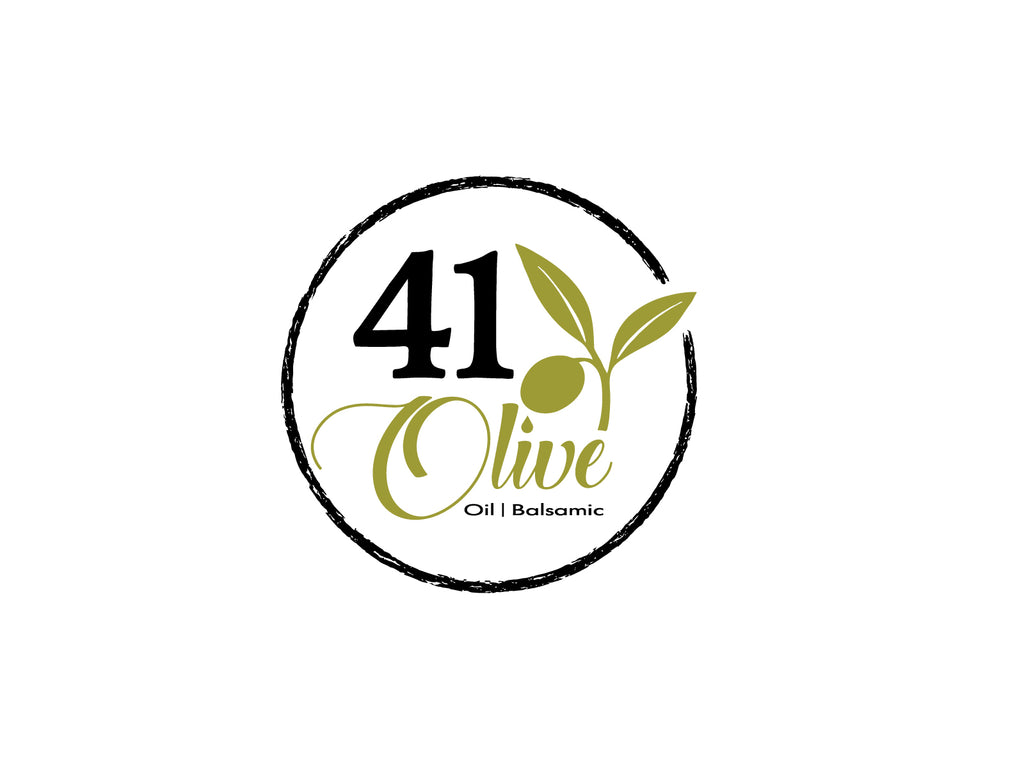The Nutritional Information Behind Olive Oil Polyphenols & Olive Oil
Polyphenols are what give Olive Oil its distinct taste and long shelf life. A few Extra Virgin Olive Oils contain far longer, (up to 500% more) than others. Polyphenol intake has been known to help out with lowering incidence of cancer and coronary heart disease (CHD).
A few Important aspects to consider when looking for an Olive Oil with high levels of polyphenols:
The Period of harvest
The variety
The method of extraction
And the management of the grove
. . .will affect the phenol count .
Were you aware that processing or refining Olive Oil actually destroys Polyphenols? Refined Olive Oils similar to"pure olive oil,""lite/light olive oil," and"pomace olive oil" have little-or-no Polyphenols, but the same amount of calories as Olive Oils that do.
In addition, heat, oxygen, light, and time cause Polyphenol amounts in Olive Oil to decrease.
Usually, stronger oils have higher chemicals than the milder oils. A phenol count of less than 120 (as extracted by mg/kg) is thought of as low. Oils with a phenol count between 120 and 220 are thought of as moderate.
Olive Oils with a count above 220 are deemed full of Polyphenols. Some of the more acute Extra Virgin Olive Oils may contain amounts of 350 or higher.
Oleic Acid (Omega 9) & Olive Oil
Oleic acid is a monounsaturated omega-9 fatty acid. Monounsaturated fat is generally discovered at the changing concentrations in virgin Olive Oil, and it is known to aid with reducing the risk of heart attack, arteriosclerosis, and cancer.
Virgin Olive Oils containing higher levels of Oleic Acid typically have a tendency to be stable and hold. In this way, high Oleic Acid acts as a natural preservative. Additionally, Oleic Acid is regularly measured in Olive Oil by percentage. The amounts normally range from 45% to 80%+.
Free Fatty Acids (FFA's) & Olive Oil
In a way the FFA level is an indicator of the status of the fruit at the time the oil was extracted-- it is like a freshness quotient. Ripeness acts as a pivotal function in the level of FFA's.
Overripe fruit generally produce a higher yield of oil by fat, but the free fatty acids go up as well. When the fruit has been selected and also the skin is broken, the fruit decomposes at a significantly faster pace. When Olive Oil is revealed to air, light, or heat, decomposition goes up until the oil starts to go rancid and becomes unfit for human consumption
Peroxides & Olive Oil
Peroxides are naturally occurring chemicals in all oils that are edible. Peroxide values move up over time. These are generally indicators of the amount of oxidation at the time of processing, and they move up according to storage conditions.
Inadequate storage conditions will create fast oxidation and rancidity. Peroxide levels are a indication of bad processing practices, substandard fruit conditions, old age, improper storage, or any combination of negative conditions. The IOOC rules state that Extra Virgin Olive Oils have to display a peroxide value lower than 20.
